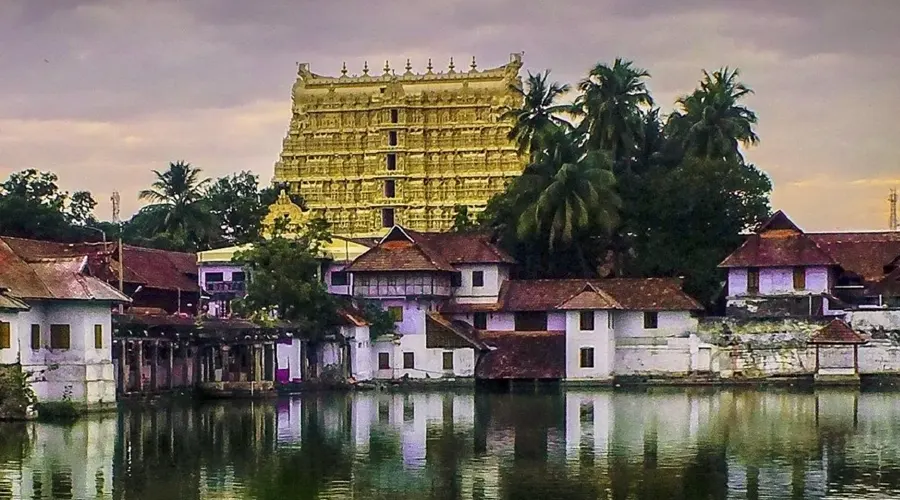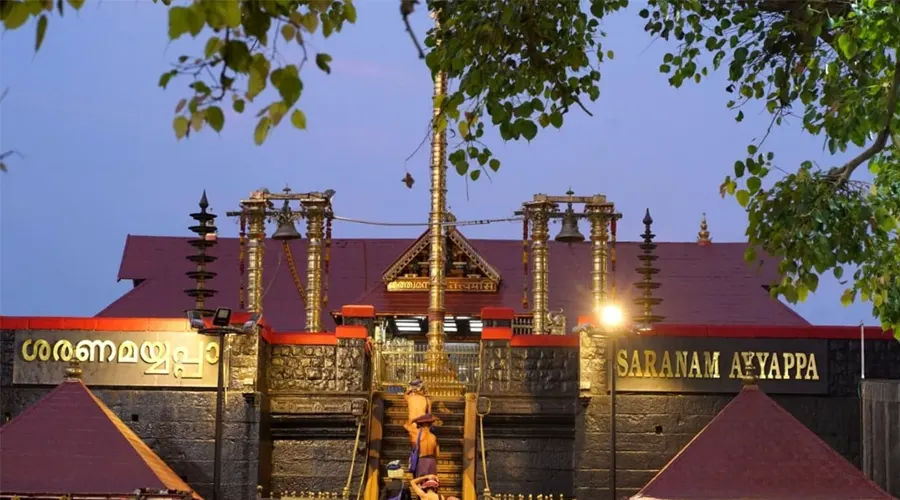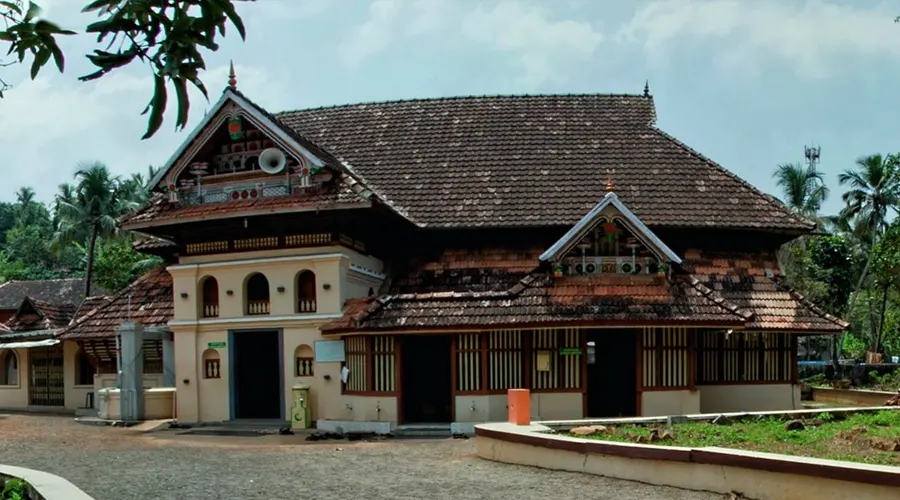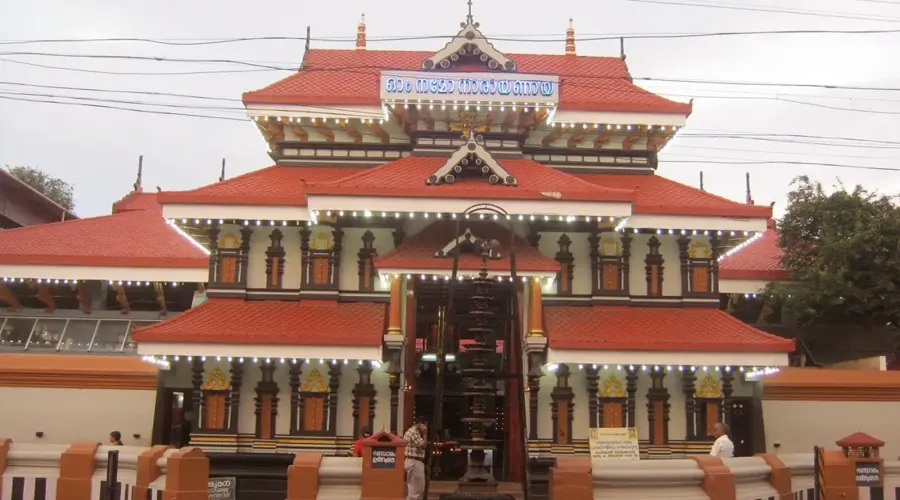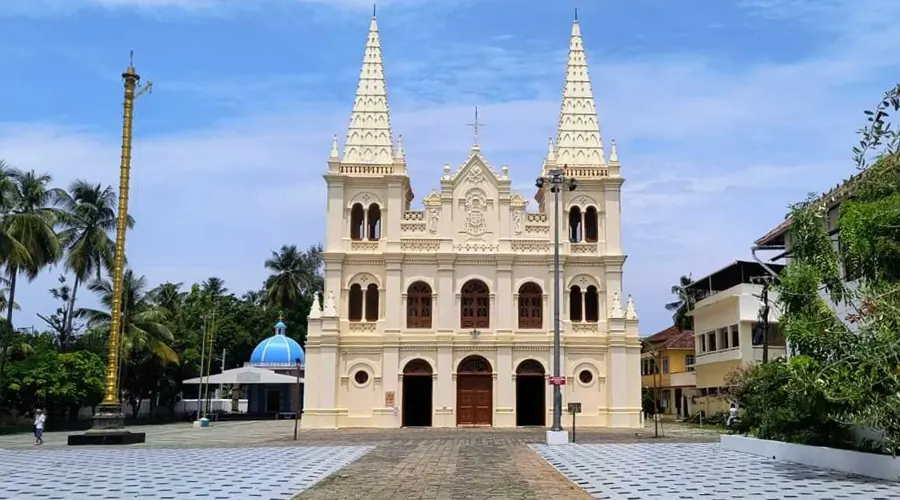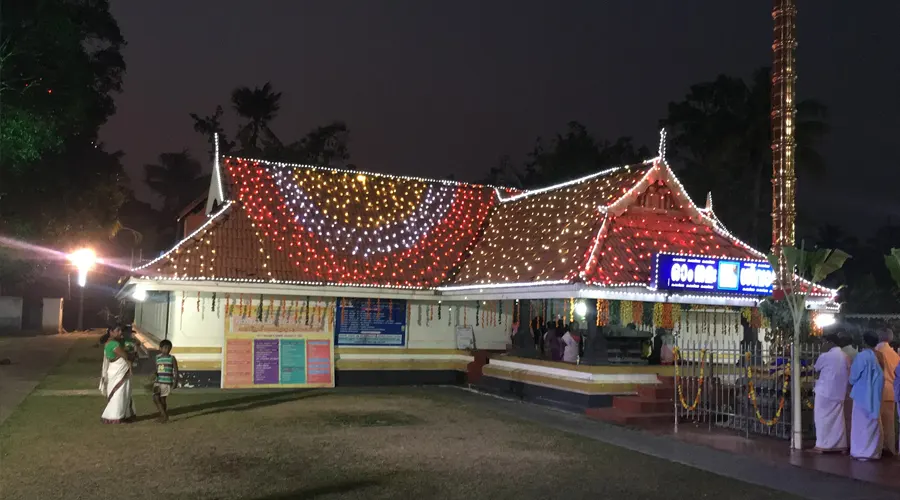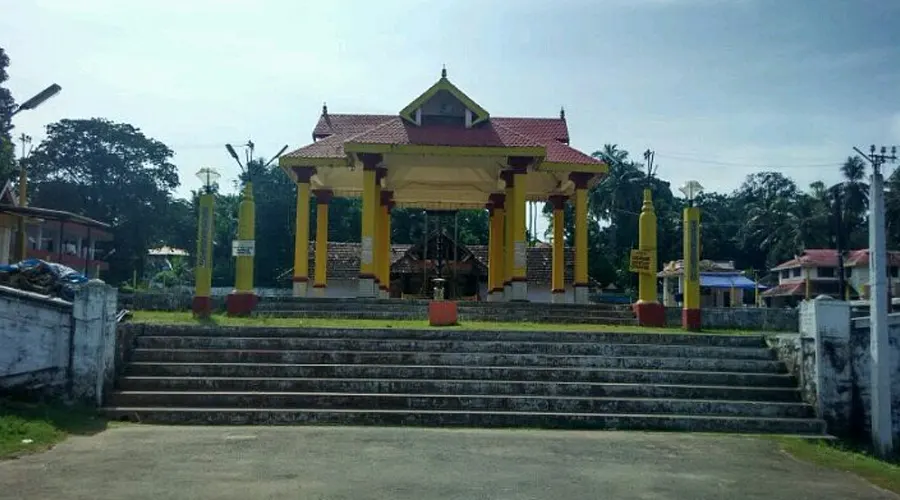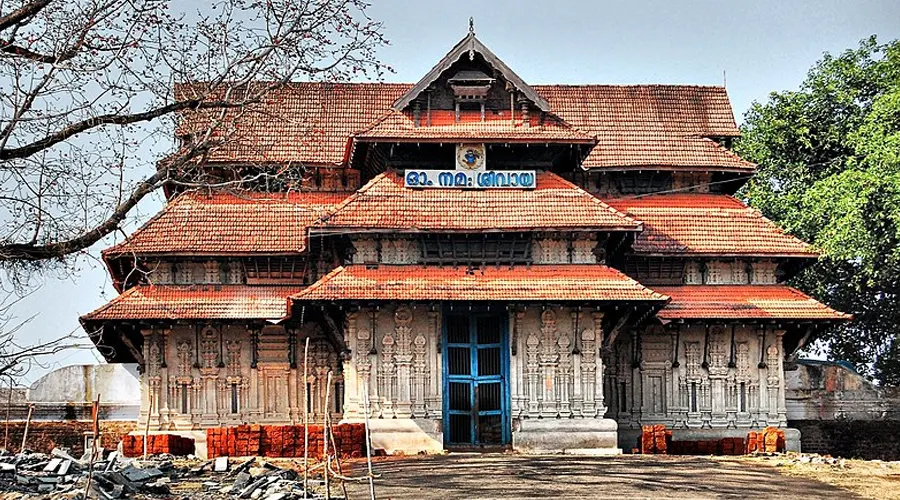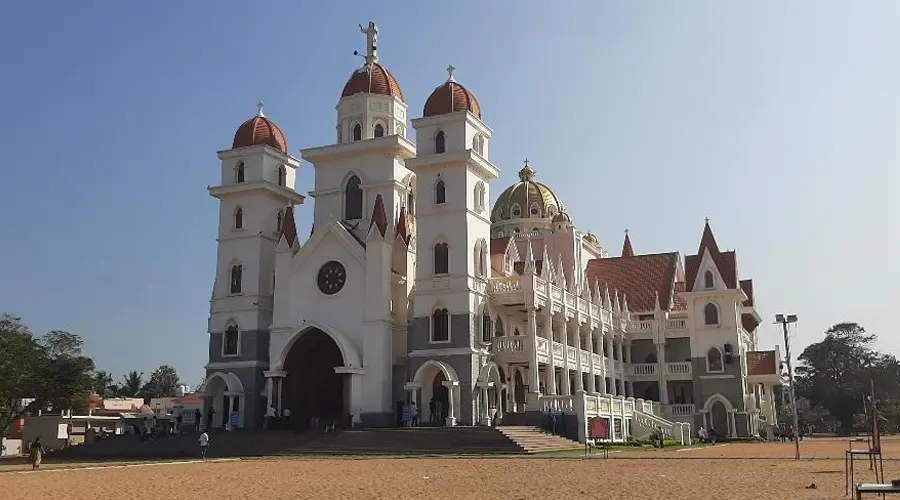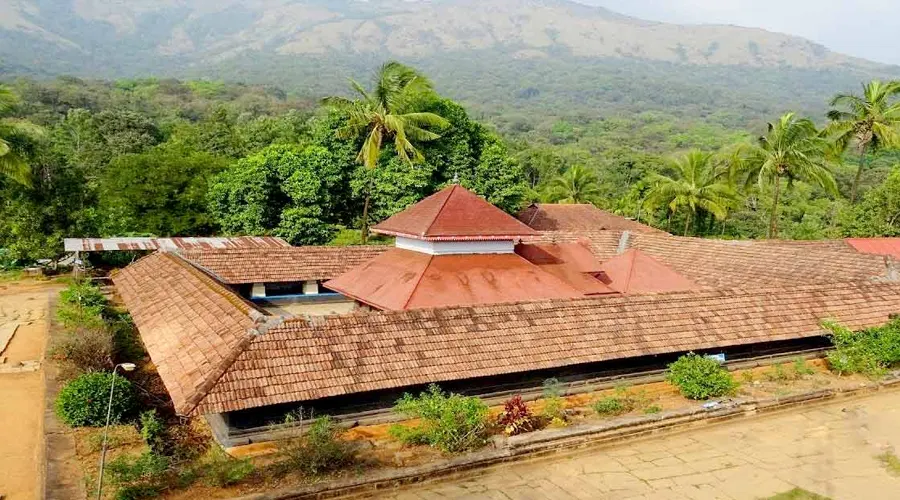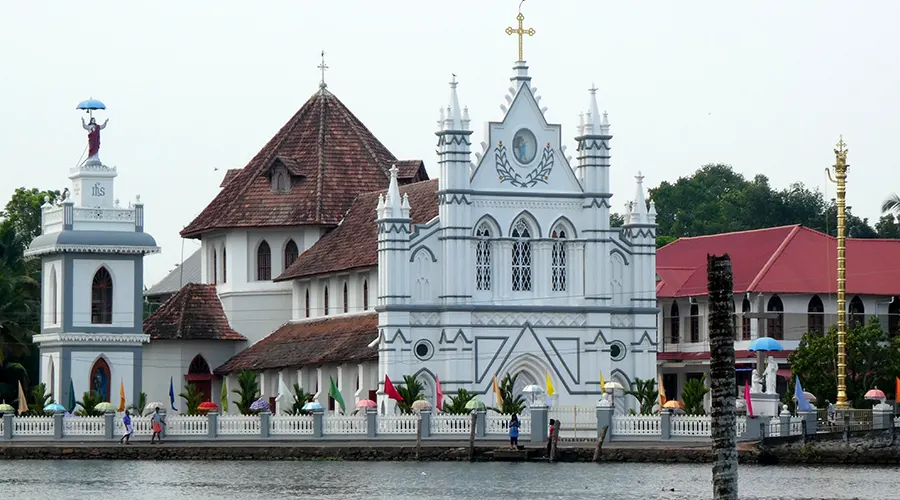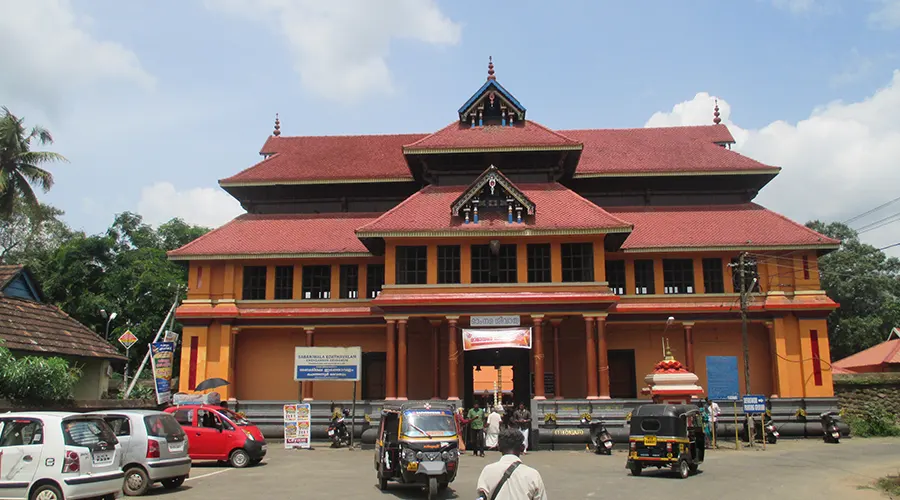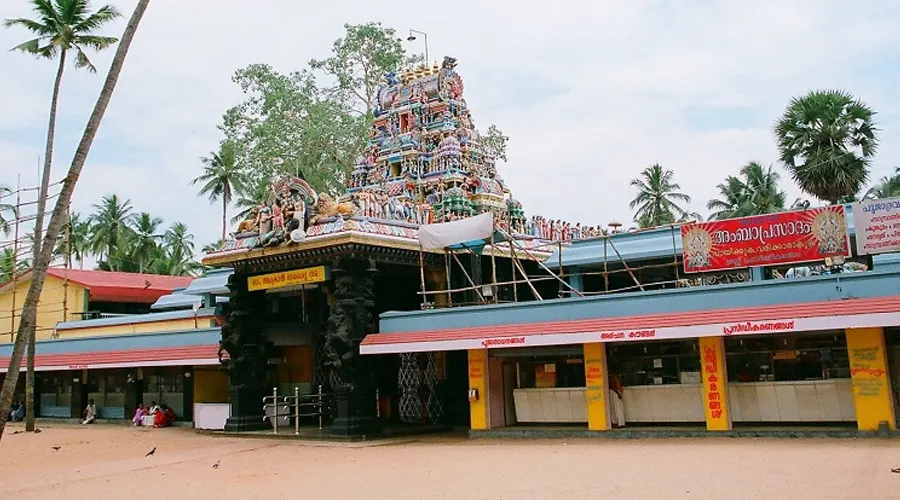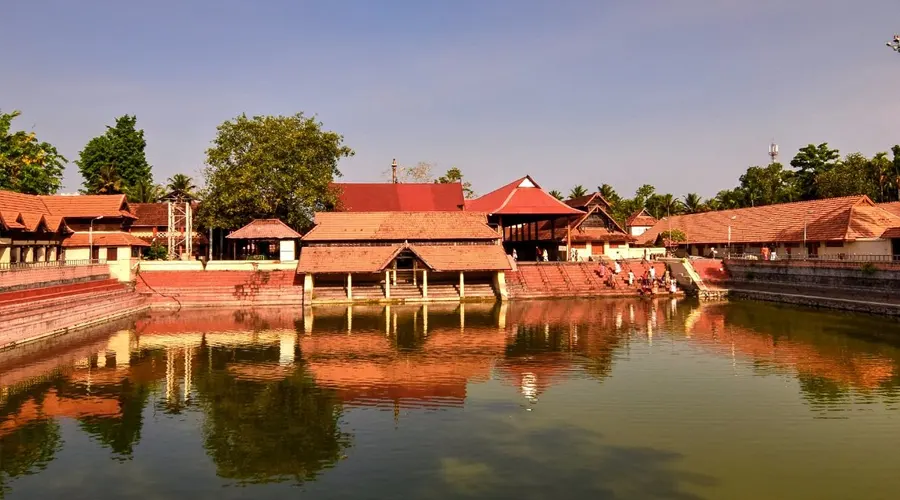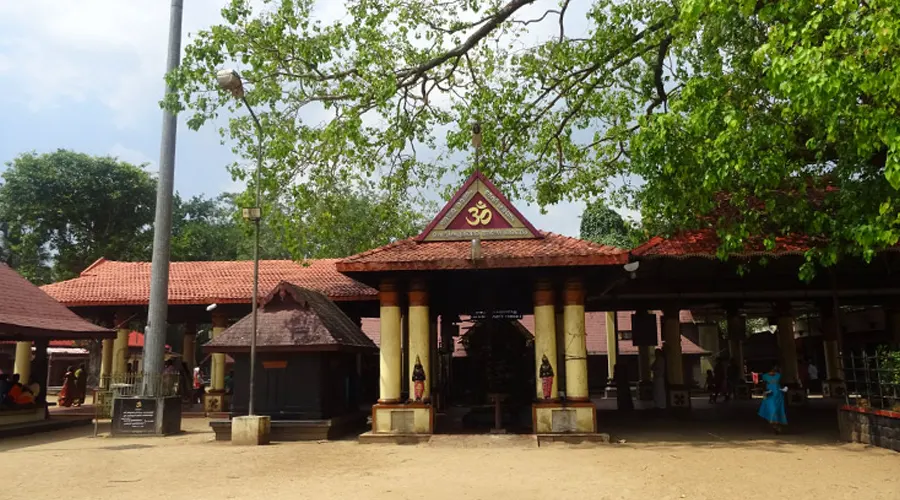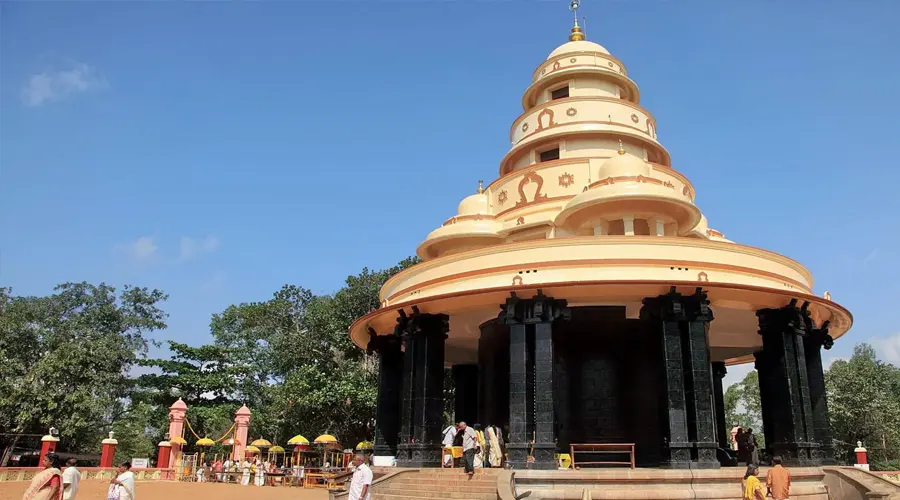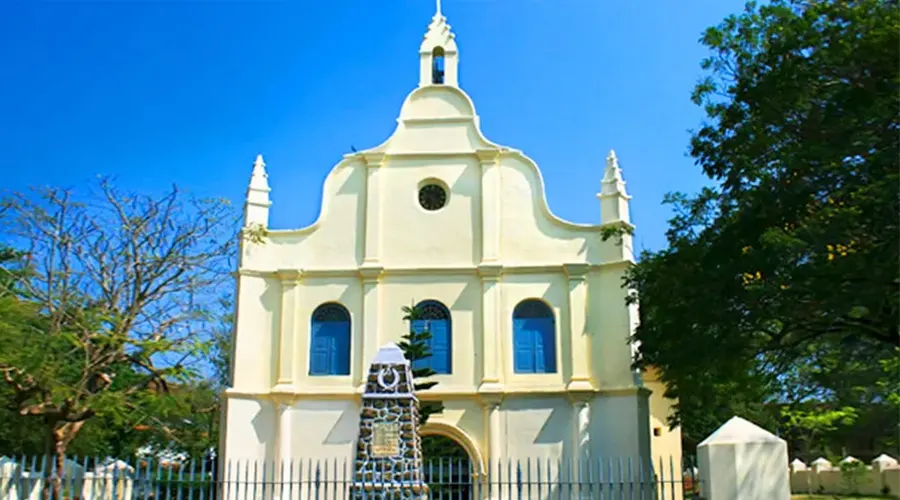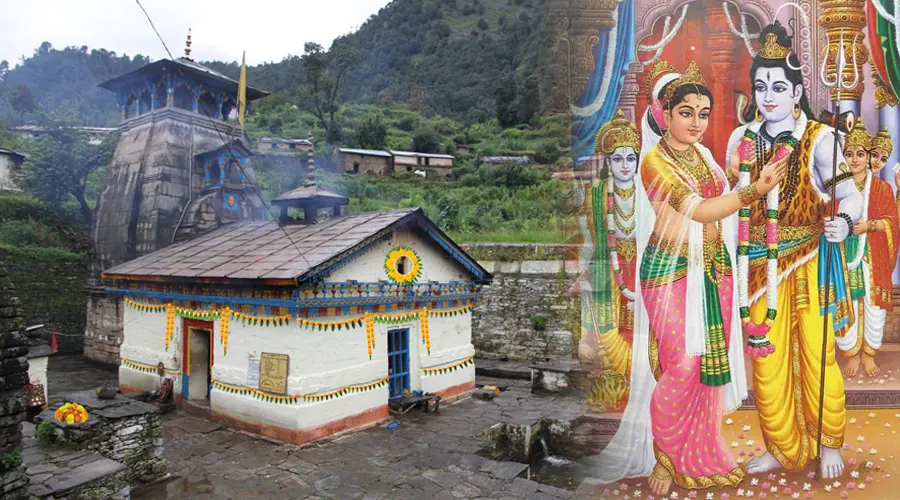Sri Padhmabhaswamy Temple
One of the 108 Divya Desams, Sree Padmanabhaswamy Temple is located in Thiruvananthapuram, the capital city of Kerala. Embellished in gold-plated covering, the temple is opened only to Hindu followers. Dedicated to Lord Padmanabha; one of the avatars of Lord Vishnu, the Padmanabhaswamy Temple is one of the principal centers of Vaishnava worship in the dharma of Vaishnavism.
Built as a replica of the Adikesavaperumal Temple in Thiruvattar, the Padmanabhaswamy temple is a well-preserved antiquity. Although the origin of this temple remains a mystery, devotees believe it to have existed since the first day of the Kali Yuga, which was 5000 years ago.
The Padmanabhaswamy temple also has a mention in the Bhagwad Gita. The scripture states that Balarama, the older brother of Lord Krishna frequented the temple, bathed in the Padmatheertham, and also made several offerings to the deity here.
History of Sri Padhmabhaswamy Temple
Divakar Muni and the Holy Child
The story behind the Padmanabhaswamy Temple begins with the sage, Divakar Muni who was a staunch believer in Lord Vishnu and also deeply meditated in his name. One day the Muni noticed a child and felt paternal towards it, he never wished to let the child out of his sight, and thus pleaded with the kid to never leave him. The child agreed, but on one condition, that he must always be treated with love and respect. In failing to do so, the child said that he would disappear and never return. The eager sage agreed and took care of the child and fondly tolerated the child's tantrums and mischief.
Breaking the Vow
Once when Divakar Muni was meditating, the child began mishandling the salagram, an instrument used by the Muni to worship Lord Vishnu. Enraged by this incident, the sage shouted at the kid, upon which the latter began the run from Divakar Muni. However, before leaving the child told the sage, "If you wish to see me again, you will find me again in Ananthankaadu", which is a present temple situated behind the present Padmanabhaswamy temple in Trivandrum.
Lord Vishnu's Magnificent Manifestation
This episode made Muni realise that the child was an extraordinary being and thus set on a mission to find the kid again. He gave up food, rest, and sleep and continued along the route the child had taken. He spotted the child at a distance disappearing into a tree. When he neared, this tree fell and took the form of Shree Maha Vishnu - a divine avatar that was about 8 miles long. Terrified by this sudden manifestation, Divakar Muni requested Lord Vishnu to retract to his original self so that the former could worship him. Vishnu agreed and condensed three times the length of the Sanyasi's Yoga Dand.
Present Tradition and Belief
The sage immediately offered the Lord a raw mango in a coconut shell, which is a continued daily tradition in the temple even now. Lord Vishnu instructed that any devotion in the form of prayers or worship to him must be performed by Tulu Brahmins, which happens to be the reason why more than half the priests at the temple represent the Tulu region.
Architecture of Sri Padhmabhaswamy Temple
The architecture of the temple can be described to be a fusion of the Kerala style and the Dravidian (Kovil) style which can be found in many nearby temples. One main characteristic of this type of architectural design is high walls. The temple also houses a sanctum sanctorum or the garbagriha on a stone slab. The main deity of the temple is an 18-foot-long idol.
The entire construction has been carried out with precision in stone and bronze with beautiful murals and paintings adorning its walls. A broad corridor extends from the eastern side and is said to have 365 and one-quarter granite stone pillars spectacularly carved with ornate designs. Another attraction is the Navagraha Mandapa, which is a ceiling displaying the nine planets.
In the temple, Sri Padmanabha reclines majestically on the serpent Anantha, which has five hoods facing inwards forming an umbrella over the deity's head, signifying contemplation. This is known as the 'Ananatha-Sayanam' posture, the posture of eternal sleep, 'Yogi-Nindra', on the serpent. The idol rests its right hand over a Shiva Lingam while surrounded by the great goddesses - Sridevi; the Goddess of Prosperity and Bhudevi; the Goddess of Earth. Lord Brahma emerges on a lotus from the idol's naval.

